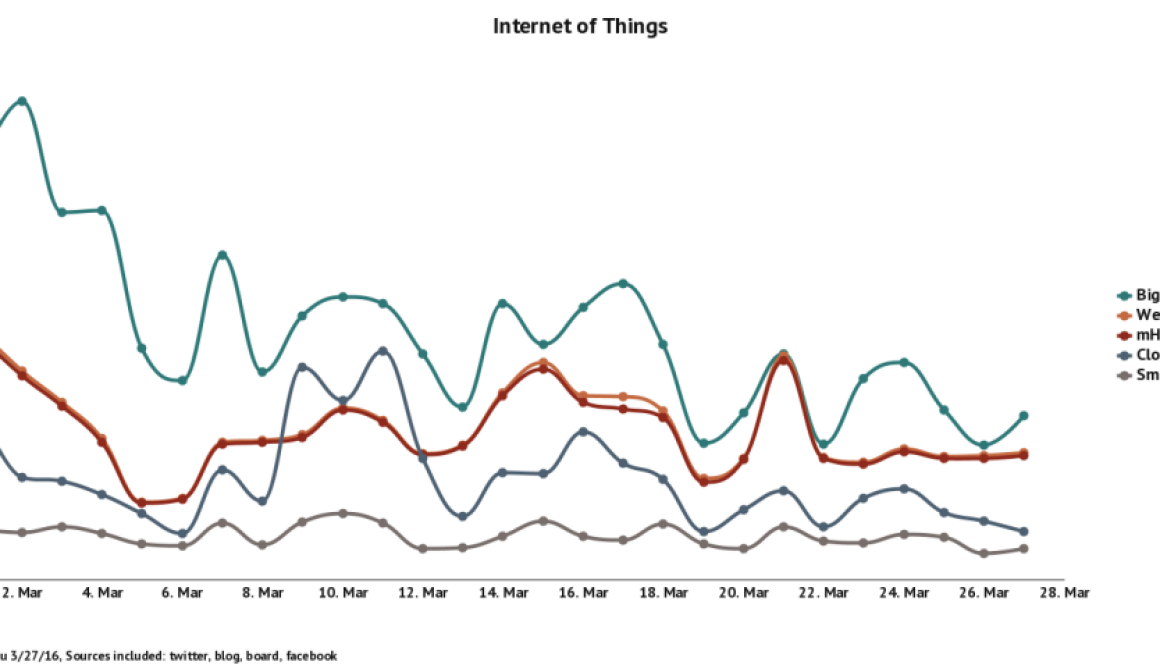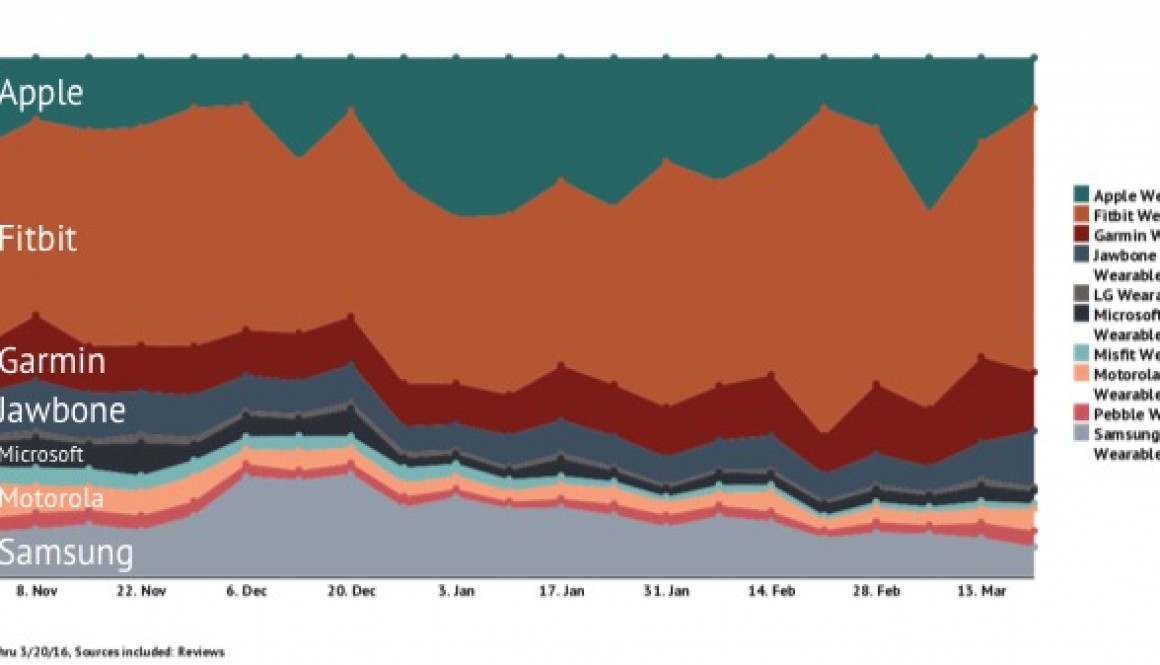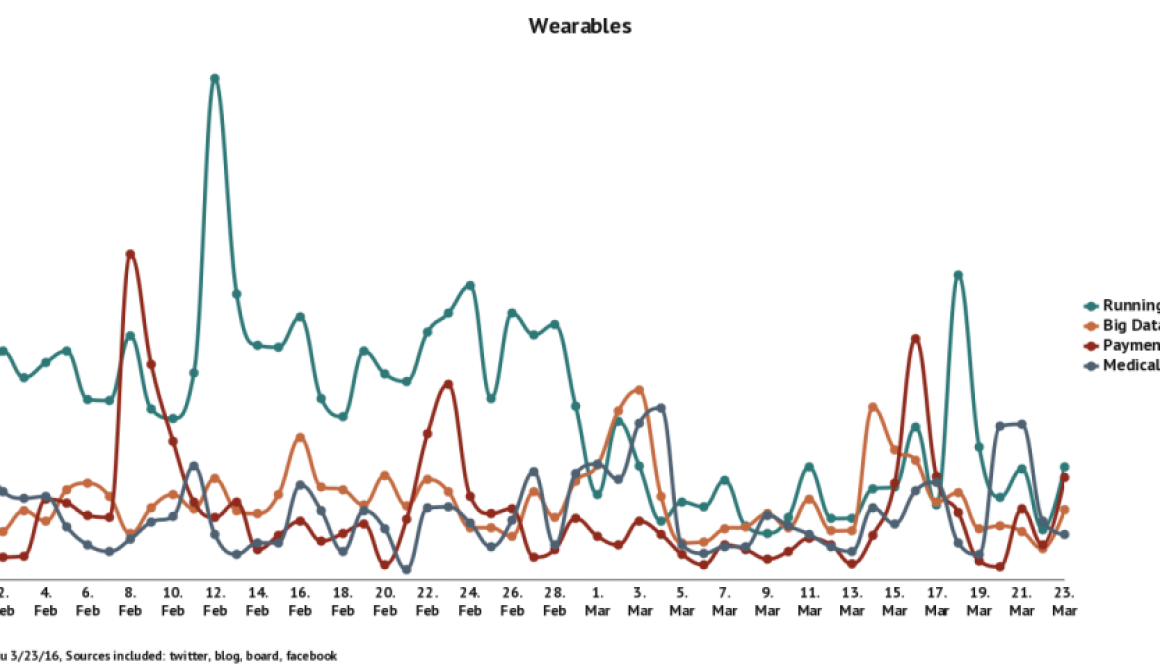Since becoming a publicly traded company in June of this year, Fitbit has seen an increase in sales and revenue. However, after announcing their impressive earnings for Q2, their stock prices “plunged 14% in trading.” While Fitbit’s revenue beat forecasts, their profit slipped year to year due to increased spending on research and development. Spending money to make money, as Fitibt is doing by tripling their R&D spending, could have potentially spooked investors.
Stepping back to take a look at the entire wearables market, we see that Fitbit’s bid toward the future is probably a good idea. While Fitbit maintains the most mindshare in the wearables market, other fitness bands, smartwatches, and less common types of wearable technology are becoming more prevalent, and Fitbit must continue to innovate if they want to keep their users interested. Currently, wearables consumers are finding more delight with products from other brands, meaning there are better liked wearables brands out there just waiting for the consumer base to take notice.

Fitbit continues to dominate the wearables market in terms of mindshare. They see far more feedback from consumers than any other brand, but Fibit consumers are far from the happiest. As demonstrated in the graph above, several brands saw a dramatic increase in consumer delight during Q2. Major established competitors Motorola, LG, and Samsung all saw an increase in positive feedback from consumers to surpass Fitbit in terms of delight, as did several less popular wearables manufacturers like Martian and Asus. In addition to competition from those increasingly delightful brands, as more consumer get their hands on the Apple Watch, a much anticipated smartwatch with fitness capabilities, they are reporting higher delight than Fitbit users.
Consumers know about Fitbit. They buy Fitbit devices and are satisfied, but recently, consumers are branching out to find delight in other brands. If Fitbit is to maintain their prowess, they must continue to innovate, and increasing their current spending on research and development could help them compete with the increasing delight of Motorola and LG.
Argus Insights is constantly tracking shifts in consumer perception in the wearables market, sign up for our free weekly newsletter for regular insights, or schedule a time to talk with us about the performance of your company compared to your competition.










